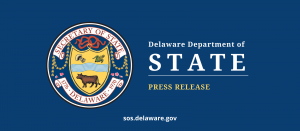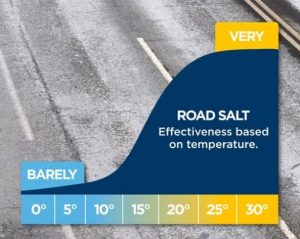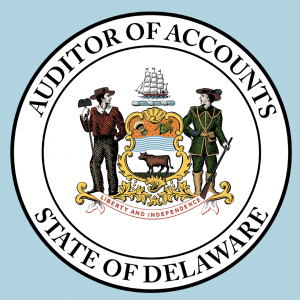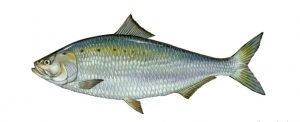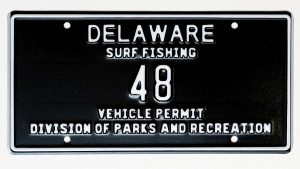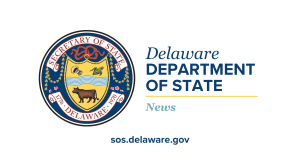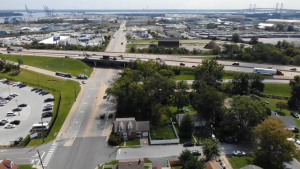
Scientists from the Delaware Department of Natural Resources and Environmental Control published research today related to sediment quality behind eight dams in the Brandywine River, which finds there would be low risk of harm to fish or human health from toxic compounds if the sediments were released due to dam modification, removal or failure.
Conducted by DNREC’s Watershed Approach to Toxics Assessment and Restoration (WATAR) team, results of the study indicate that the volume of sediment trapped behind the dams is less than originally predicted, which translates to an overall lack of legacy toxic contaminant buildup. The report compares concentrations of contaminants in accumulated sediment across the eight dams investigated, and describes techniques used to evaluate potential impacts from the contaminants to aquatic life and human health. The overall findings are encouraging, as an increase in risk of adverse effects from the release of trapped sediments is not predicted.
A release of trapped sediments is likely to occur during dam modification/removal, or from catastrophic failure of any of the aged dams during a major storm/high flow event. Understanding potential impacts from the release of these sediments will allow DNREC to effectively influence proposed construction projects in the river to provide regulatory protection to downstream drinking water sources, and to fish health and aquatic habitat.
Brandywine Shad 2020 (BS2020) is a nonprofit led by the Brandywine Conservancy, the Hagley Museum and Library, and the University of Delaware. The nonprofit initiated the sediment study to inform their mission to remove or modify the dams in the Delaware portion of the Brandywine River to promote passage of American Shad and other fish species to “pre-dam” historic spawning grounds.
The Brandywine River surface water, sediment and aquatic species have been impacted by legacy contaminants such as polychlorinated biphenyls (PCBs), dioxins and furans, and chlorinated pesticides. This condition is evidenced by the existence of fish consumption advisories in both the non-tidal and tidal portions of the river. However, recent improvements have been documented, and future improvements are anticipated.
The report noted that opportunities exist to improve the overall water/sediment quality of the Brandywine River system in the future. Data collected in this study show that there are areas of greater relative concentrations of toxic compounds than others. And although increased risk of toxicity due to sediment release may not be predicted, evaluation should be conducted at the time of specific project planning/implementation to determine if a benefit to the ecosystem as a whole could be accomplished as a result of sediment removal or sediment management activities.
“The results of this evaluation provide peace of mind that the City of Wilmington’s drinking water, as well as the aquatic life in the river, should not be negatively affected by any release of contaminants associated with sediments behind the dams.” said John Cargill, hydrologist for DNREC. “Beyond this study, DNREC will continue to monitor the quality of the surface water and the fish in the Brandywine River, along with other water bodies throughout the state.
WATAR is a cooperative approach/project team that draws on the expertise of staff primarily within, but not limited to, the DNREC Division of Watershed Stewardship and the Division of Waste and Hazardous Substances. WATAR creates a framework for assessing potential toxic impacts and then implementing remediation and restoration projects in Delaware watersheds that are affected by toxic pollutants.
DNREC-WATARs partnership with BS2020 resulted in a total state cost of $51,000 for chemical analysis of sediment samples. Analytical services were supported by Hazardous Substance Cleanup Act (HSCA) funds. BS2020 funded the sediment sample collection activities. Visit the program web page at de.gov/WATAR to review/download the report and for additional supporting information.
About DNREC
The Delaware Department of Natural Resources and Environmental Control protects and manages the state’s natural resources, protects public health, provides outdoor recreational opportunities and educates Delawareans about the environment. The Division of Watershed Stewardship develops and implements innovative watershed assessment, monitoring and implementation activities. For more information, visit the website and connect with DNREC on Facebook, Twitter or LinkedIn.
Media Contacts: Nikki Lavoie, nikki.lavoie@delaware.gov; Michael Globetti, michael.globetti@delaware.gov
###









